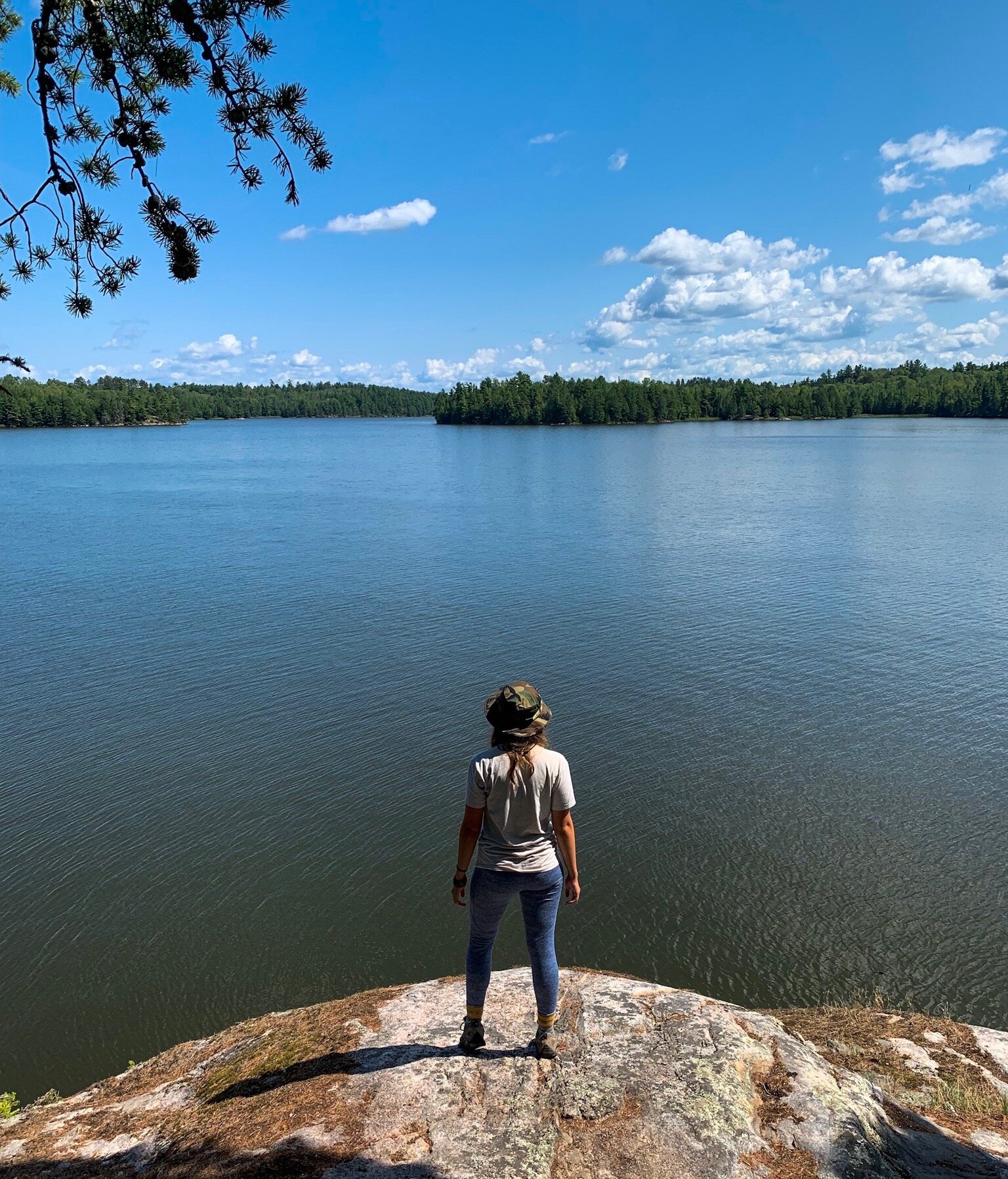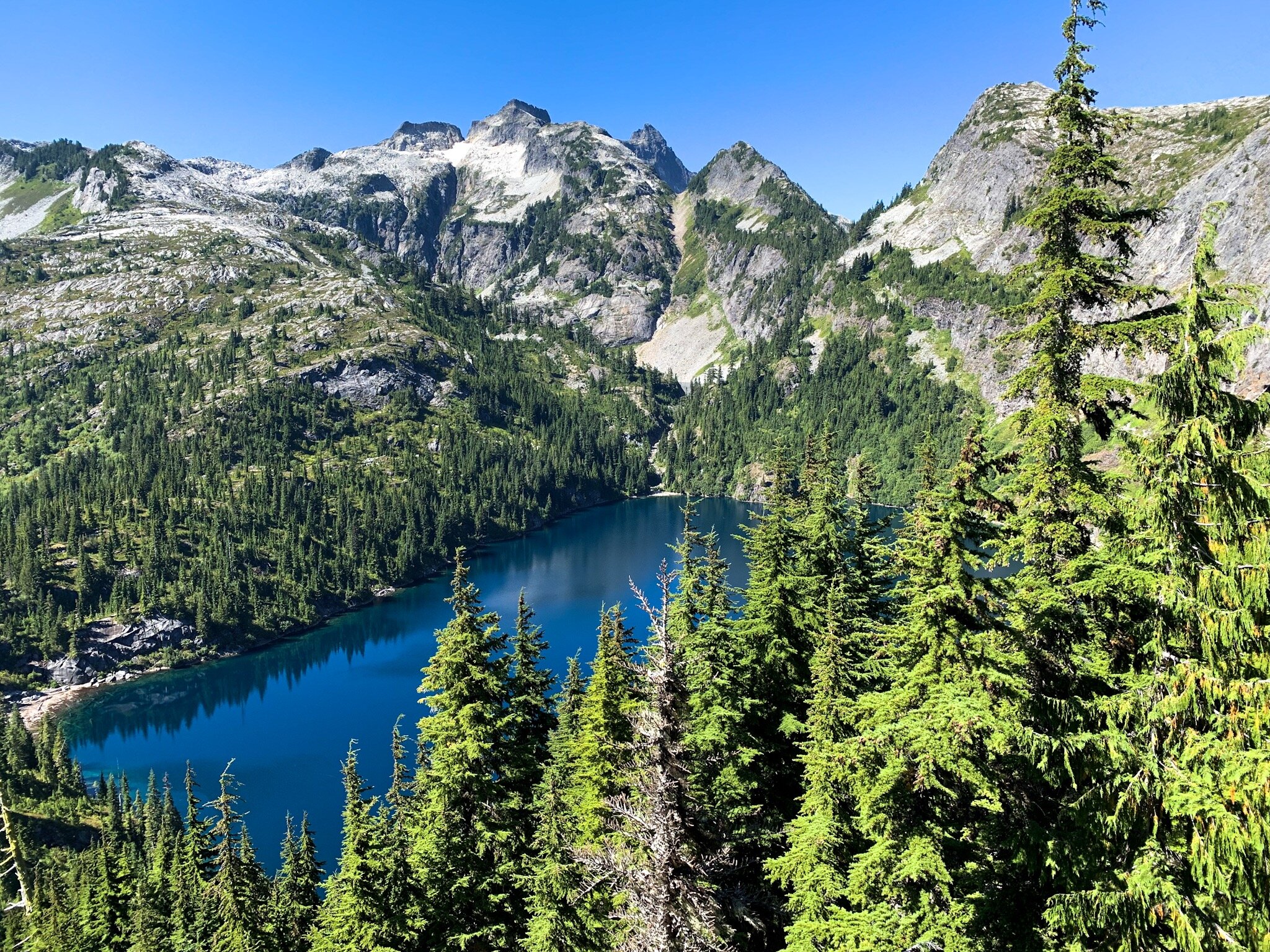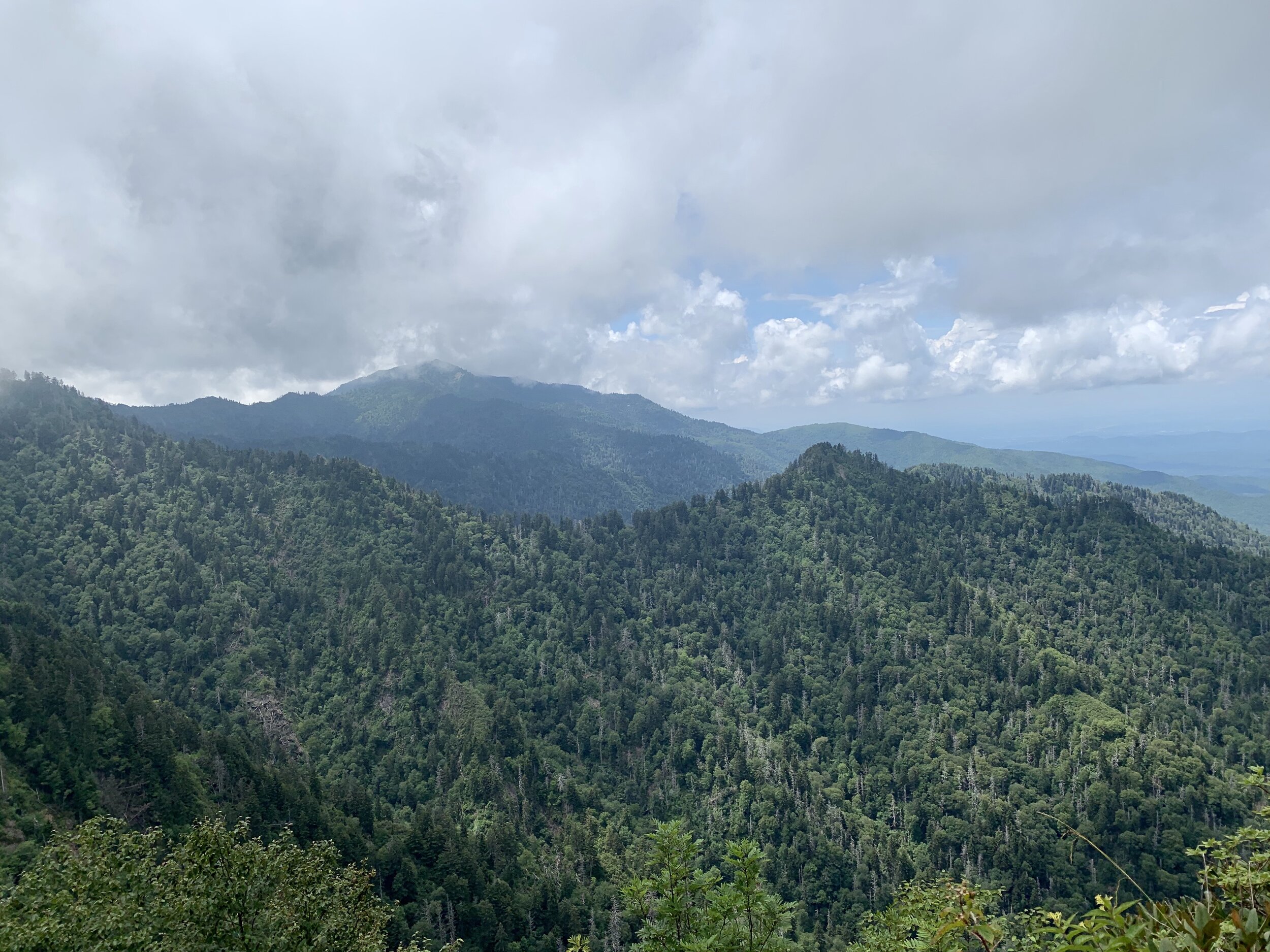Carlsbad Caverns is one of my favorite southern national parks. Located in Southern New Mexico, just minutes from the Texan state line, Carlsbad Caverns is found in the Chihuahuan Desert, and was formed by sulfuric acid and limestone.
This is a small park, and it doesn’t have a campground. Because of that, there are only a couple things to do in the park, but that doesn’t make them any less spectacular.
Carlsbad Caverns is home to two of the most unique experiences I’ve had in national parks, and I’ve been to 33 of them. I went with my family during the section of my summer trip that they met up with me for, and we stayed in Carlsbad at a nearby hotel. This was my dad’s second time in the park, and the good news is, it hasn’t really changed much, so let’s head out, and explore what Carlsbad Caverns has to offer.
Inside the cave!
Camping
As I said before, Carlsbad Caverns doesn’t offer a campground inside the park. The good news is, one of its nearby parks does offer camping in an amazing little campground near the tallest peak in Texas—Guadelupe Mountains National Park. Camping here is $15 and you’ll have easy access to all of this park’s trails as well.
Tips for visiting
Carlsbad Caverns is one of the most accessible national parks for tourists. There are a lot of parks that require hiking in order to see the park’s beauty, but in Carlsbad Caverns, you’ll be able to experience everything this park has to offer on its paved walking trail.
While this park doesn’t require an admission fee, you do need to pay to enter the cave. Because of this, I highly recommend investing in an America the Beautiful Pass, Military, or Senior interagency pass for your admission, especially if you plan on camping in Guadelupe Mountains and visiting any other national parks in the country within the same year. Without a pass, everyone over age 16 is $15 for entry, but the pass will get a family of 4 in for free.
Sunset from the visitor center in Carlsbad Caverns National Park
Seeing the cave
I’ve visited a few caves around the country, and while Carlsbad Caverns isn’t the largest (Mammoth Cave, KY is), it’s definitely the most spectacular (in my opinion). There are two ways to enter the cave. If you’re not a hiker, I’d highly suggest taking the elevator. It’s a 700 foot journey into the earth, and you’ll be able to take your time exploring the cave’s paved path by foot. If you want to hike in, that is also an option, but know that the cutoff for admission to hike is 5 pm MST in the summer.
When in the cave, please stay on the paved path, and don’t touch the cave!
Ranger-led tours
If you want a more immersive experience when it comes to viewing the cave, you can sign up for a ranger-led tour. You can reserve your spot on a tour through the Carlsbad Caverns official website. Tours will take you through different areas of the cave, depending on how involved of a tour you want to do, and tours cost between $7 and $20 without a senior access pass.
The bat flight program
Every night at sundown, people gather in the park’s amphitheater to watch the bats leave the cave. This event is actually the way that Carlsbad Caverns was discovered in the first place. Around exactly the same time every night, the bats leave the cave to feed for the night, and it’s a spectacular sight you don’t want to miss.
Tip: bring food into the park. The park restaurant closes at 6 in the summer, but the bats don’t leave the cave until 8, so you might get hungry while you wait.
The view of the New Mexico desert from the visitor center
Carlsbad Caverns is a fantastic small national park. There isn’t a ton to do, but what there is to do is absolutely mind-blowing. If you’ve never seen a cave, this is a great place to start, but be warned, this one will raise your expectations for all caves you’ll visit after.
Another place to add to your list: MAMMOTH CAVE NATIONAL PARK
Mammoth Cave has over 600 miles of explored cave in the middle of Kentucky. It is the largest cave yet to be discovered in the world, and is free to enter the park. The cave is $6 to enter, and there is camping available in the park.
To visit Carlsbad Caverns, Mammoth Cave, and more, check out my ebook, Around the States in 90 Days!













